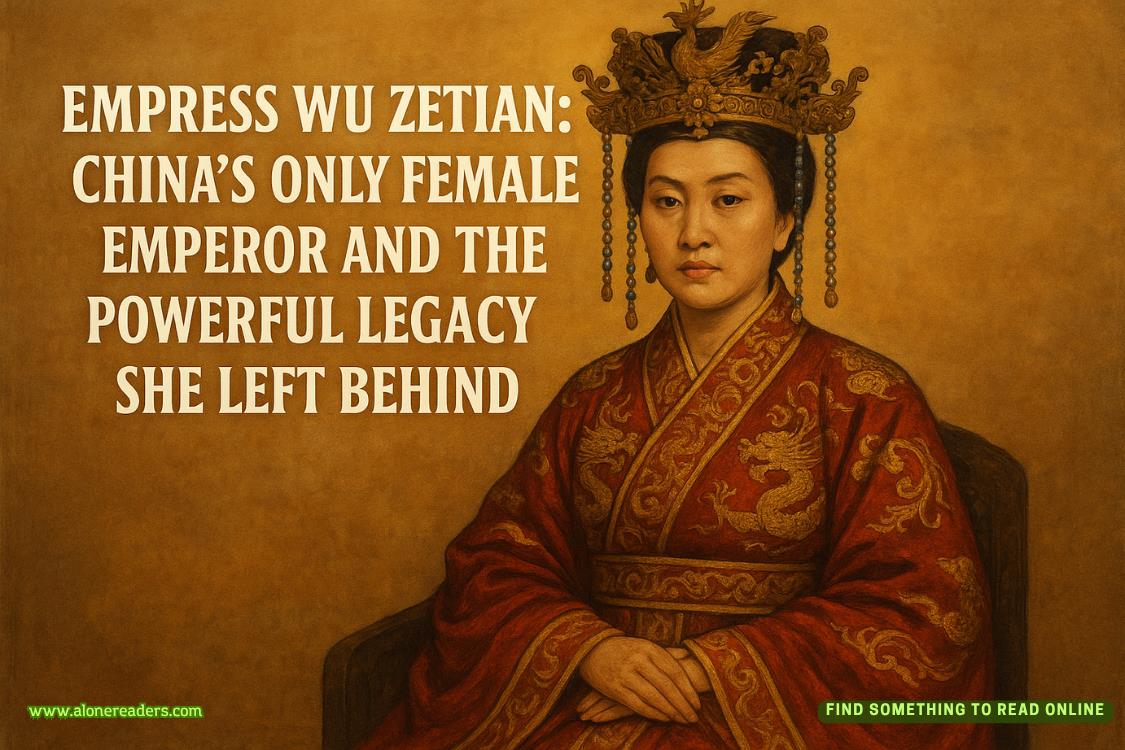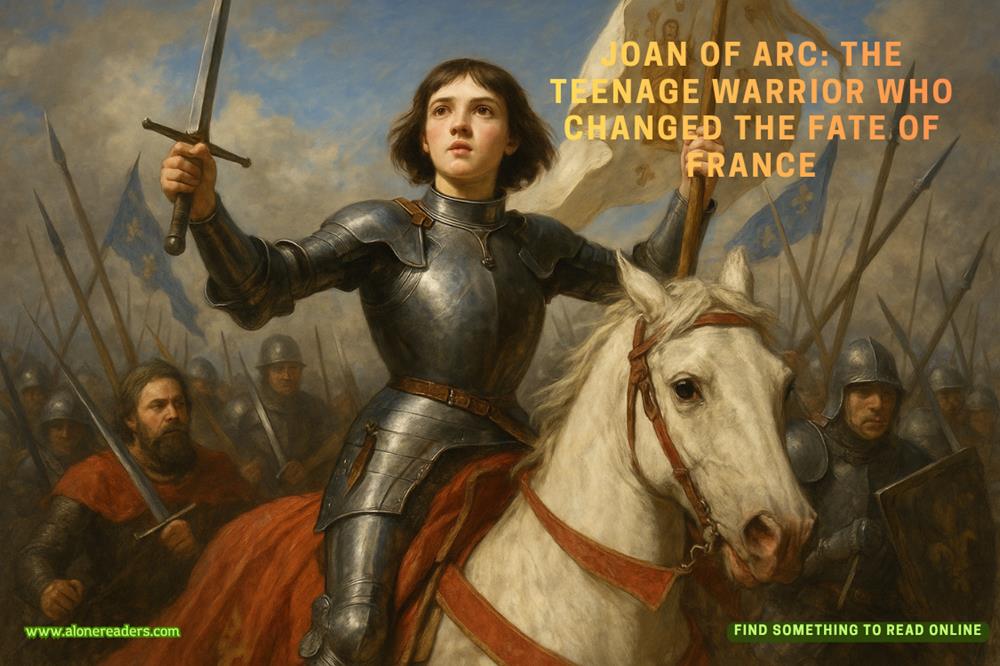Page 25 of Naga's Mate
Throughout the evening, I watch as security around our quarters, the laboratory, and me intensifies. Additional guards appear at access points. New biometric scanners materialize at doorways. Monitoring systems activate in corridors I hadn't known existed.
That night, Nezzar's claiming carries something beyond usual dominance—a desperation previously absent. His powerful body envelops mine with possessive urgency, his unique anatomy filling me with an intensity bordering on frantic. When his fangs renew our claiming mark, I taste something unfamiliar in his venom—not just pleasure and chemical dependency, but an emotional element I cannot name.
Later, lying awake within his protective embrace, I contemplate the impossible choice before me. Three weeks, Reed had said. Three weeks until a potential extraction window. Three weeks to decide between gambling on freedom at the cost of the life within me, or remaining in captivity with a captor who has somehow become something more than jailer.
I rest my hands on my abdomen, feeling the slight curve sheltering a being neither fully human nor naga, a hybrid representing both violation and scientific wonder. The faint patterns beneath my skin pulse gently in darkness, reminding me how profoundly I've been changed.
The most terrifying realization isn't that Nezzar might prevent my escape. It's that I'm no longer certain I want to leave.
CHAPTER12
TEMPTATION OF FREEDOM
Two weekssince Reed's visit, and I've mastered the art of indecision. Each morning brings the same thought: today I might choose. Freedom or captivity. Resistance or acceptance. The familiar past or this bewildering present that's becoming harder to reject.
My abdomen now carries unmistakable evidence of the life growing within—just over three months, yet the curve is pronounced enough to necessitate adjustments to my laboratory clothing. This pregnancy advances with startling rapidity, accelerated by the naga biochemistry that's become fundamental to my existence. By human medical standards, I should barely show. According to my clandestine measurements, this hybrid develops approximately 1.7 times faster than a standard human fetus.
Nothing about my circumstances qualifies as standard. That possibility vanished when Nezzar discovered me among the experimental blooms.
"Cellular division continues at unprecedented rates," I murmur, analyzing the latest scan results. The advanced equipment in my laboratory—technology no human researcher has ever accessed—reveals developmental patterns that would transform xenobiological understanding if publication were possible.
Which it isn't, because my role has changed. Not researcher but research subject. Not scientist but captive. Not person but claimed omega.
Except it doesn't feel that straightforward anymore.
"Your hypothesis regarding the hybrid neurovascular structure proved accurate," Nezzar's voice interrupts my thoughts as he enters the laboratory, his powerful form gliding with that liquid grace that remains disconcerting despite our months together. "The adaptation manifests during embryonic development rather than post-birth as previous studies indicated."
I catch myself smiling before I can suppress it—genuine intellectual satisfaction completely divorced from my captivity and entirely connected to scientific validation. "The venom exposure triggers epigenetic modifications that express immediately in fetal development," I explain, momentarily forgetting I'm discussing my own pregnancy with my captor. "Evolutionarily speaking, it's extraordinary."
Nezzar approaches, his lower body moving across the specialized flooring in silent undulations. "You're extraordinary," he corrects, and the simple statement sends an unbidden warmth through my chest. "Your adaptation surpasses all documented cases."
This remains the most perplexing aspect of my evolving situation—his evident respect for my scientific contributions, the resources he provides that humans never access, the way he treats me as a valued collaborator in understanding the unprecedented development within my body. It contradicts everything I believed about naga captivity, about dominance hierarchies under Conquest law.
More disturbing still is my changing response to him. The quickening pulse when he enters a room. How I unconsciously lean toward his touch when his coils encircle me. The anticipation that builds as evening approaches, knowing the venom claiming will soon follow.
Stockholm syndrome, I remind myself for the thousandth time. Trauma bonding. Chemical dependency. Nothing deeper.
So why does contemplating escape create such visceral discomfort?
"Current scans reveal preliminary scale formation along the embryonic spine," I say, deliberately refocusing on clinical observation. "The pattern suggests capacity for bipedal movement rather than primarily serpentine locomotion."
His golden eyes soften as he studies the holographic display. "A perfect synthesis of our species," he observes, one scaled hand extending toward my abdomen with that careful reverence that still disconcerts me.
I permit the contact—another small capitulation in the countless surrenders defining my captivity. His palm rests against the swell, and I swear I feel the child respond, a flutter of movement too early to be actual kicking but unmistakably alive.
"Your research advances impressively," he says, shifting topics as if sensing my emotional turbulence. "The Council has approved your request for the specialized cultivation equipment."
Another accommodation to my scientific needs, another reason to question the simplicity of my captivity. Each allowance erodes my resistance, making the prospect of escape simultaneously more feasible and less appealing.
"Thank you," I respond, my gratitude both genuine and unsettling. Thanking my captor for allowing me to pursue research while bearing his claiming mark—what have I become?
Later that night, after Nezzar departs to address administrative matters, I return to the laboratory. Sleep proves elusive, pregnancy hormones and existential uncertainty making poor companions for rest. The familiar ambient hum of equipment offers comfort as I review the day's findings.
The gentle pulsing bioluminescence from a newly delivered specimen draws my attention—a night-blooming orchid variant I requested for comparative analysis. Its genetic structure might provide insight into adaptive biology relevant to hybrid development.
As I approach the containment unit, I notice something peculiar—a subtle irregularity in the bloom pattern that my enhanced vision immediately identifies. Not natural variation but deliberate modification. My fingers tremble slightly as I activate the specialized extraction tools, carefully isolating the anomalous section for closer examination.
The outer petals separate under microscopic manipulation to reveal a concealed chamber—a sophisticated botanical delivery system I recognize from resistance operations. Inside lies a tightly folded message and, more troublingly, a small capsule containing transparent liquid.















